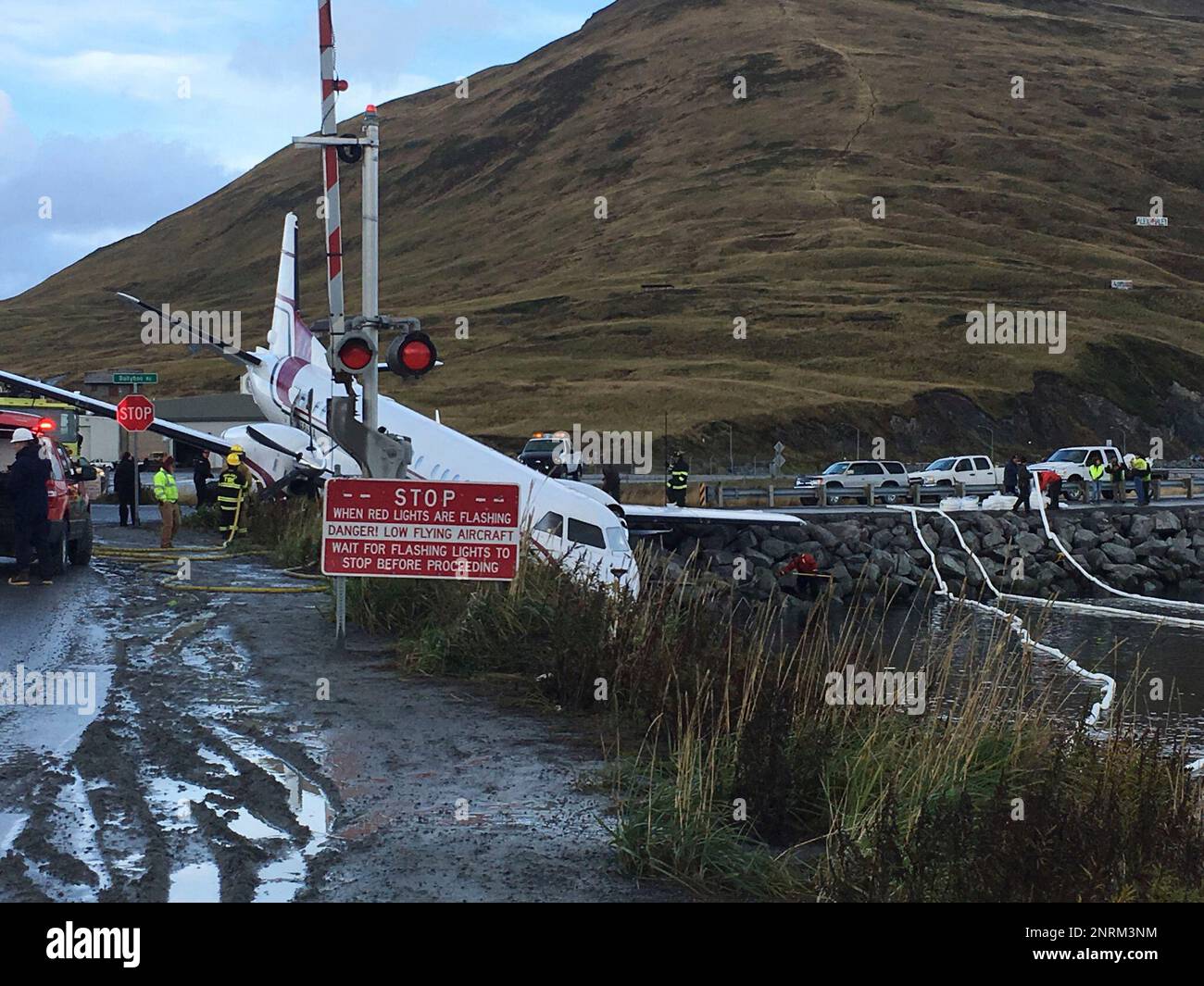On a somber day for the community, a commuter plane crashed in Alaska, resulting in the loss of ten lives, including both passengers and crew members. The incident, which took place shortly after the aircraft’s departure, has sparked a thorough investigation by aviation safety officials and local authorities alike to determine the underlying causes of this tragedy.
According to preliminary reports from the Federal Aviation Administration (FAA) and the National Transportation Safety Board (NTSB), the aircraft was en route to a nearby destination when it experienced difficulties shortly after takeoff. Eyewitness accounts indicate that the plane ascended normally but quickly lost altitude before crashing into a remote area. The precise circumstances leading to the loss of control are still under review, and investigators are examining all possible factors that could have contributed to the crash.
Local emergency services were dispatched promptly to the scene of the accident, working diligently to recover the remains of those onboard. The crash site is located in a rugged part of Alaska, known for its challenging terrain and extreme weather conditions, which have posed significant challenges for responders. While the search operation was hampered by adverse weather initially, emergency teams have been able to secure the area and begin recovery efforts.
The victims of the crash have not yet been fully identified, as authorities are working to notify the next of kin. The community is mourning the loss of life, with many residents expressing their condolences to the families and friends of the deceased. Local leaders have called for a moment of remembrance in honor of those who lost their lives in this devastating accident.
The incident has raised important questions about aviation safety in Alaska, a state known for its reliance on small commuter planes for transportation. With its vast and often unforgiving landscape, Alaska presents unique challenges for aviation operations. The FAA has previously issued guidelines to enhance safety measures, encouraging airlines operating in the region to adhere closely to safety protocols. However, this latest accident has reignited discussions about the need for further improvements in aviation infrastructure and pilot training.
As the investigation into the crash unfolds, several factors are being carefully examined. The NTSB is focusing on the aircraft’s maintenance history, weather conditions at the time of the flight, and pilot experience. The transportation board will conduct a detailed analysis of the flight data recorder and cockpit voice recorder, if available, to gain insights into the final moments before the crash.
Furthermore, the investigation will involve collaboration with the airline company operating the aircraft, which is expected to provide records related to training, safety checks, and operational procedures. The company has expressed its deepest sympathies to the victims’ families and has pledged full cooperation with investigators in hopes of uncovering the truths behind this tragic event.
In the wake of this incident, aviation experts have emphasized the importance of continuous training for pilots, especially in challenging environments such as those presented by Alaska’s vast wilderness. The correct application of safety procedures, especially during critical phases like takeoff and landing, must remain at the forefront of pilot training programs.
Additionally, some aviation analysts suggest that the community may benefit from enhanced communication about the risks associated with flying in remote areas. Educating residents and travelers about the importance of remaining informed about the conditions and safety measures in aviation can contribute to producing a safer travel experience.
While the investigation may take weeks or even months to conclude definitively, the loss of ten lives has already made a profound impact on the local community and the entire aviation sector. As families mourn their loved ones, the aviation industry will be compelled to reflect on this tragedy and strive towards implementing improved safety measures aimed at preventing such incidents in the future.
As authorities continue their investigations, updates will be provided to the media and the public on the progress made in understanding the full scope of this unfortunate crash. The commitment to transparency and accountability in aviation safety will remain paramount as both local communities and regulatory agencies work together in the aftermath of this disaster.


